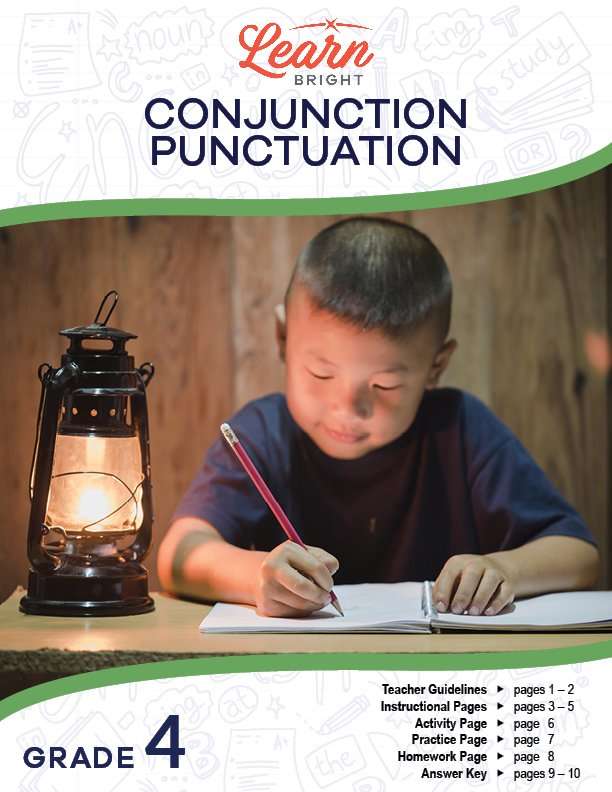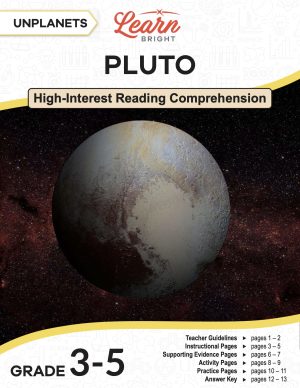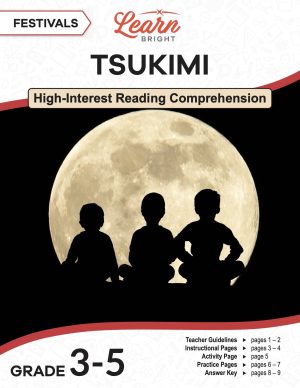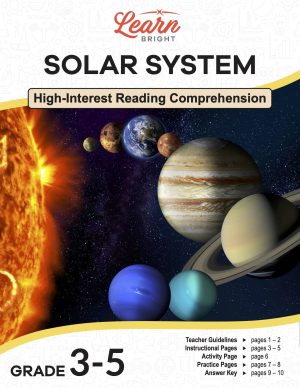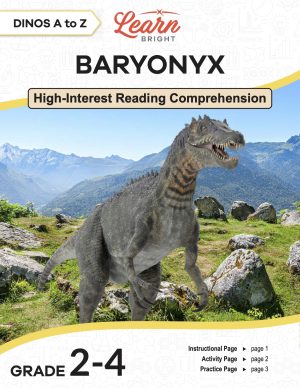Description
What our Conjugation Punctuation lesson plan includes
Lesson Objectives and Overview: Conjunction Punctuation teaches students how to properly punctuate a compound sentence with a comma before the coordinating conjunction. At the end of the lesson, students will be able to use a comma before a coordinating conjunction in a compound sentence. This lesson is for students in 4th grade.
Classroom Procedure
Every lesson plan provides you with a classroom procedure page that outlines a step-by-step guide to follow. You do not have to follow the guide exactly. The guide helps you organize the lesson and details when to hand out worksheets. It also lists information in the green box that you might find useful. You will find the lesson objectives, state standards, and number of class sessions the lesson should take to complete in this area. In addition, it describes the supplies you will need as well as what and how you need to prepare beforehand.
Options for Lesson
Included with this lesson is an “Options for Lesson” section that lists a number of suggestions for activities to add to the lesson or substitutions for the ones already in the lesson. One optional adjustment to the lesson activity is to split the class into seven groups and have each group create a poster for one of the seven conjunctions. For an additional activity, you can have students create simple sentences and then pair up, joining their sentences together using a coordinating conjunction. You could also assign your students a scavenger hunt, using current texts you’re using or other books, where they have to find compound sentences with coordinating conjunctions. Finally, you could put on a “4Cs Bee” where you say a sentence aloud and have students identify the coordinating conjunctions, if the sentence is a compound sentence, and if it needs a comma.
Teacher Notes
The teacher notes page includes a paragraph with additional guidelines and things to think about as you begin to plan your lesson. This page also includes lines that you can use to add your own notes as you’re preparing for this lesson.
CONJUGATION PUNCTUATION LESSON PLAN CONTENT PAGES
Compound Sentences
The Conjugation Punctuation lesson plan includes three pages of content. The lesson begins by explaining that there are two main types of sentences: simple sentences and compound sentences. Simple sentences have two parts, a subject and a predicate. The subject is the person, place, or thing that the sentence is about and the predicate is the action taking place. Simple sentences can have two subjects or two verbs. We call two simple sentences joined together a compound sentence. They can also have more than one subject or verb. The lesson includes examples of both types of sentences for students to review. It also notes that compound sentences need commas to separate the two simple sentences.
The Four Cs
When punctuating compound sentences, you should think about the four Cs: Compound sentences are two simple sentences joined together by a Coordinating Conjunction and a Comma. Coordinating conjunctions include at least one of the following words: for, and, nor, but, or, yet, or so. There’s a helpful acronym that you can use to remember these words: FANBOYS! For – And – Nor – But – Or – Yet – So. When writing a compound sentence, you have to put a comma before the coordinating conjunction. The lesson then includes some example compound sentences that use each of the coordinating conjunctions.
In each example, they place a comma before each conjunction that joins the two simple sentences into one compound sentence. But be careful because we don’t use a comma before every conjunction in a sentence. When learning how to use commas, it’s common to overuse them. The lesson includes five example sentences that don’t need commas and asks students to think about why each example doesn’t need a comma.
All of these sentences (none of which are compound sentences) include a conjunction, but none need a comma. We can join different types of sentences clauses using a conjunction, but not all of them require a comma. It’s important to know when not to use a comma. One way to learn how and when to use commas with conjunctions is to identify the FANBOYS and commas while you read. When you see one, look at the sentence structure and note whether or not they used a comma. This will help you become a better writer!
CONJUGATION PUNCTUATION LESSON PLAN WORKSHEETS
The Conjugation Punctuation lesson plan includes three worksheets: an activity worksheet, a practice worksheet, and a homework assignment. You can refer to the guide on the classroom procedure page to determine when to hand out each worksheet.
POSTER ACTIVITY WORKSHEET
For the activity worksheet, students will cut out the coordinating conjunctions included on the worksheet. They will color or decorate the words and will create a poster that shows each of the coordinating conjunctions used in a compound sentence. They must include commas and title their poster.
Students can work in pairs or groups for this activity, if you’d prefer.
COORDINATING CONJUNCTIONS PRACTICE WORKSHEET
The practice worksheet asks students to complete two exercises. For the first, they will read 15 sentences that all include coordinating conjunctions and will determine whether they need a comma or not. If they do, they will add the comma in the correct place in the sentence. For the second, they use a coordinating conjunction to correctly rewrite and join two sentences together.
CONJUGATION PUNCTUATION HOMEWORK ASSIGNMENT
For the homework assignment, students will first write compound sentences using each of the seven coordinating conjunctions. They will then read sentences and underline the coordinating conjunctions, adding commas where needed. Finally, they will write a three-sentence paragraph related to a topic of their choice and using only compound sentences.
Worksheet Answer Keys
This lesson plan includes answer keys for the practice worksheet and the homework assignment. If you choose to administer the lesson pages to your students via PDF, you will need to save a new file that omits these pages. Otherwise, you can simply print out the applicable pages and keep these as reference for yourself when grading assignments.

